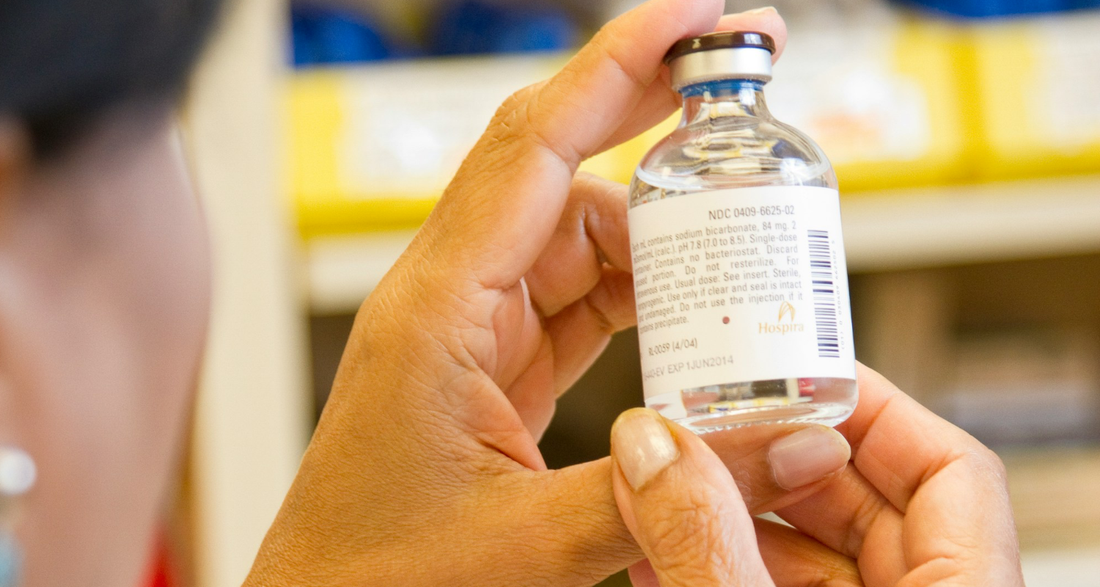Both BPC-157 and TB-500 are strong healing peptides that have been the subject of much research into their characteristics and their applications. Both are artificially produced versions of naturally occurring proteins that have enhanced their many characteristics. It has been demonstrated that both peptides strengthen the immune system, promote internal healing, and sometimes even slow down the aging process. Even yet, it is reasonable to compare BPC-157 and TB-500 because these two peptides are distinct and have different activities. The reasons why someone might pick BPC-157 instead of TB-500, or vice versa, are discussed below.
General Wound Healing: BPC-157 vs TB-500
It has been demonstrated that TB-500 and BPC-157 accelerates tissue restoration and wound healing. The body protection compound (BPC) derivative BPC-157 affects fibroblasts, the cells in charge of repairing the extracellular matrix, in a dose-dependent manner on their migration and growth. A derivative of thymosin beta-4 (Tβ-4) that works by modifying actin filaments is called TB-500. One protein that is essential for both cell migration and reproduction is actin. According to research, TB-500 can improve immune system cell health and migration as well as accelerate the pace of fibroblast development and migration.
Blood Vessel Growth: BPC-157 vs TB-500
Both BPC-157 and TB-500 are strong promoters of blood vessel expansion. A strong blood vessel supply is required to get immune and repair cells to an injured area. According to research, all forms of wound recovery, including those resulting from musculoskeletal, cardiovascular, and neurological traumas, require responsive blood vessel formation.
Vascular endothelial growth factor, or VEGF, is the hormone that primarily promotes blood vessel growth. While BPC-157 enhances the quantity of VEGF receptors (also known as VEGFR2), TB-500 directly boosts the synthesis of VEGF. Although they address the solution from different angles within the same equation, both peptides promote the development of blood vessels that are necessary for life.
Gastrointestinal Healing: BPC-157 vs TB-500
The parent component of BPC-157, BPC, was first identified in the gastric juice of humans. Therefore, it should be no surprise that BPC-157 leads the way in GI tract repair. Studies on BPC-157 have shown that it helps repair GI tract injuries of all kinds, but it is beneficial in treating fistulas. Fistulas are frequently seen in conditions including Crohn's and ulcerative colitis. They are infamously hard to cure, typically requiring two years or longer to heal fully. BPC-157 has been demonstrated to shorten that period to just one month in rat studies. This indicates that using BPC-157 causes fistula healing rates to be about 25 times higher than those in the natural healing process.
Summary: BPC-157 vs TB-500
Ultimately, there is no need to compare BPC-157 vs TB-500. When combined, these two peptides work incredibly well together. When you consider it, TB-500 and BPC-157 affect several tissues similarly but through distinct mechanisms. This is the ideal mix for synergy and implies that one or both of the two peptides alone may be especially effective for wound healing and repair in most if not all, tissues. While each compound has advantages and disadvantages, TB-500 and BPC-157 are essentially equal and represent the best peptides available for healing.


